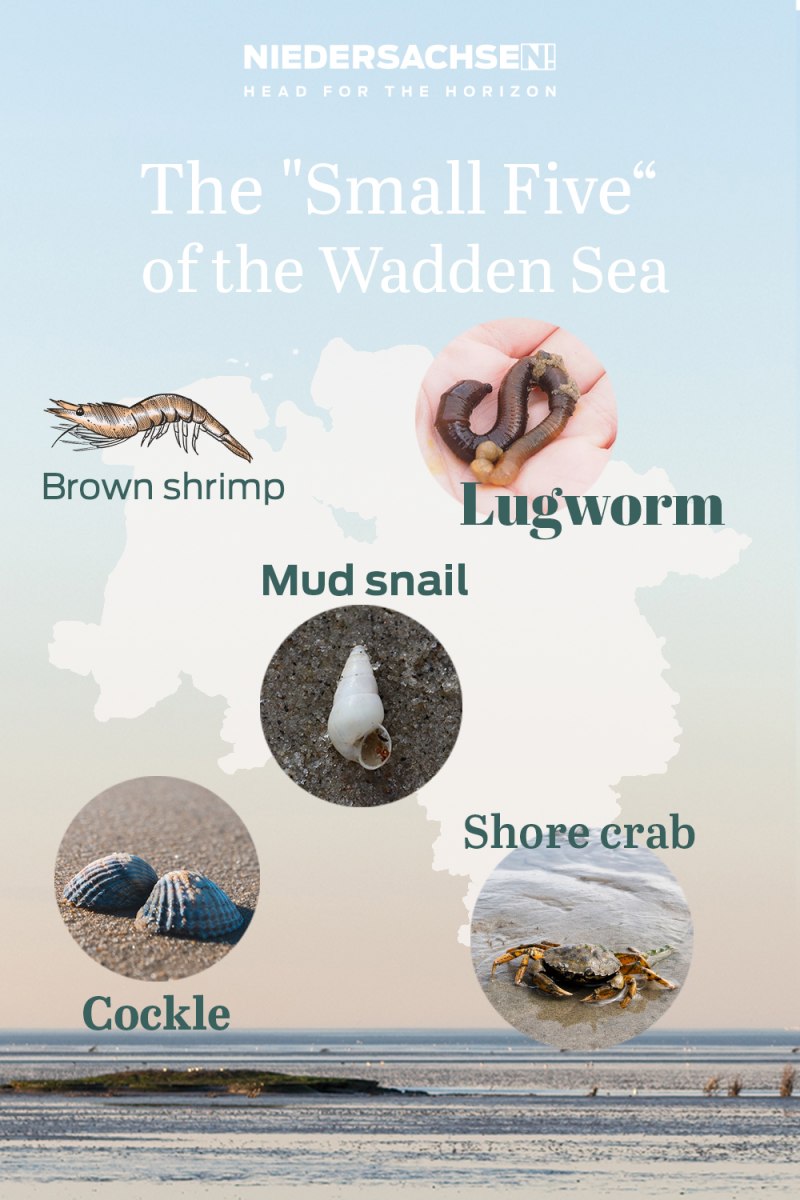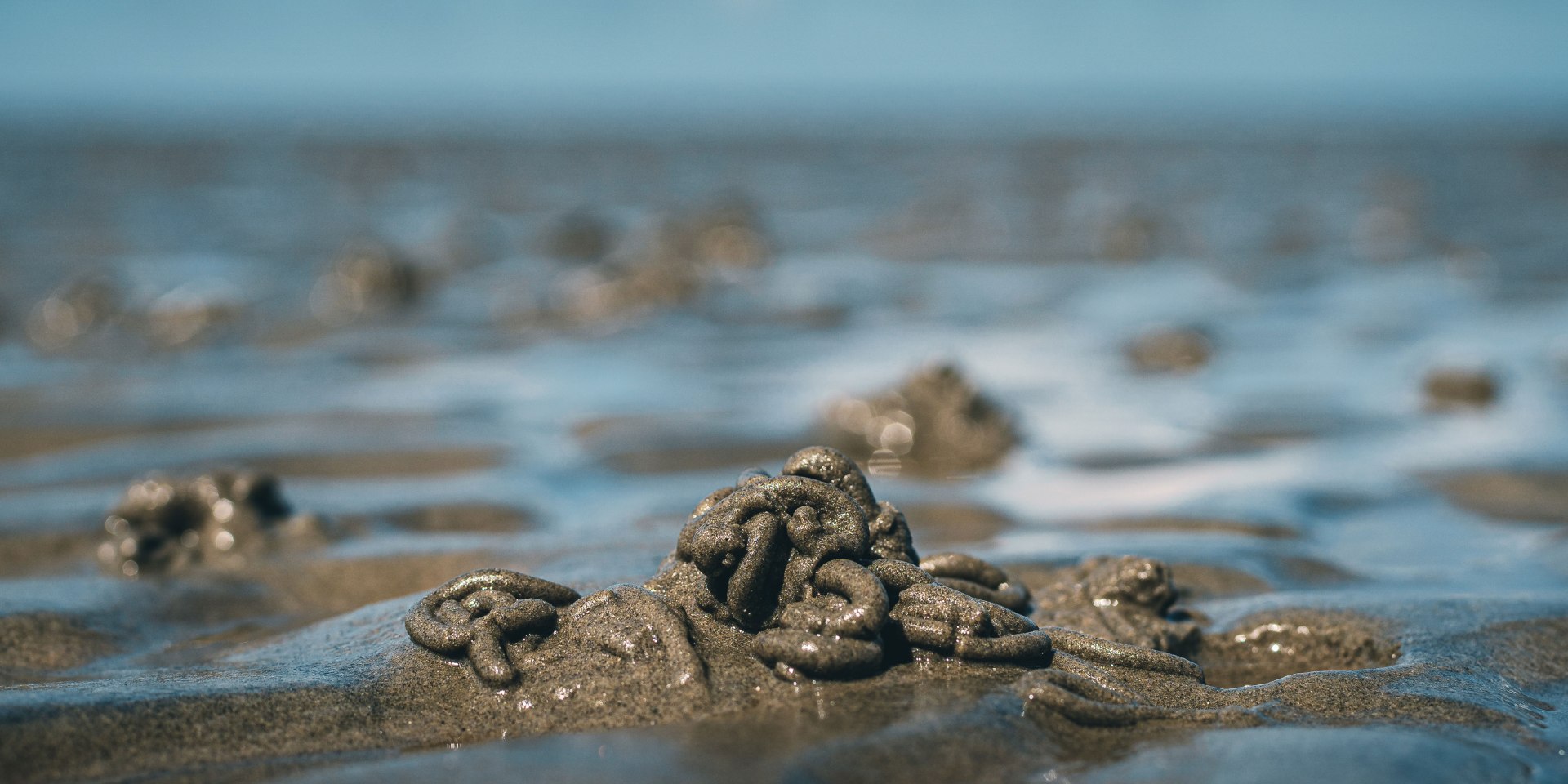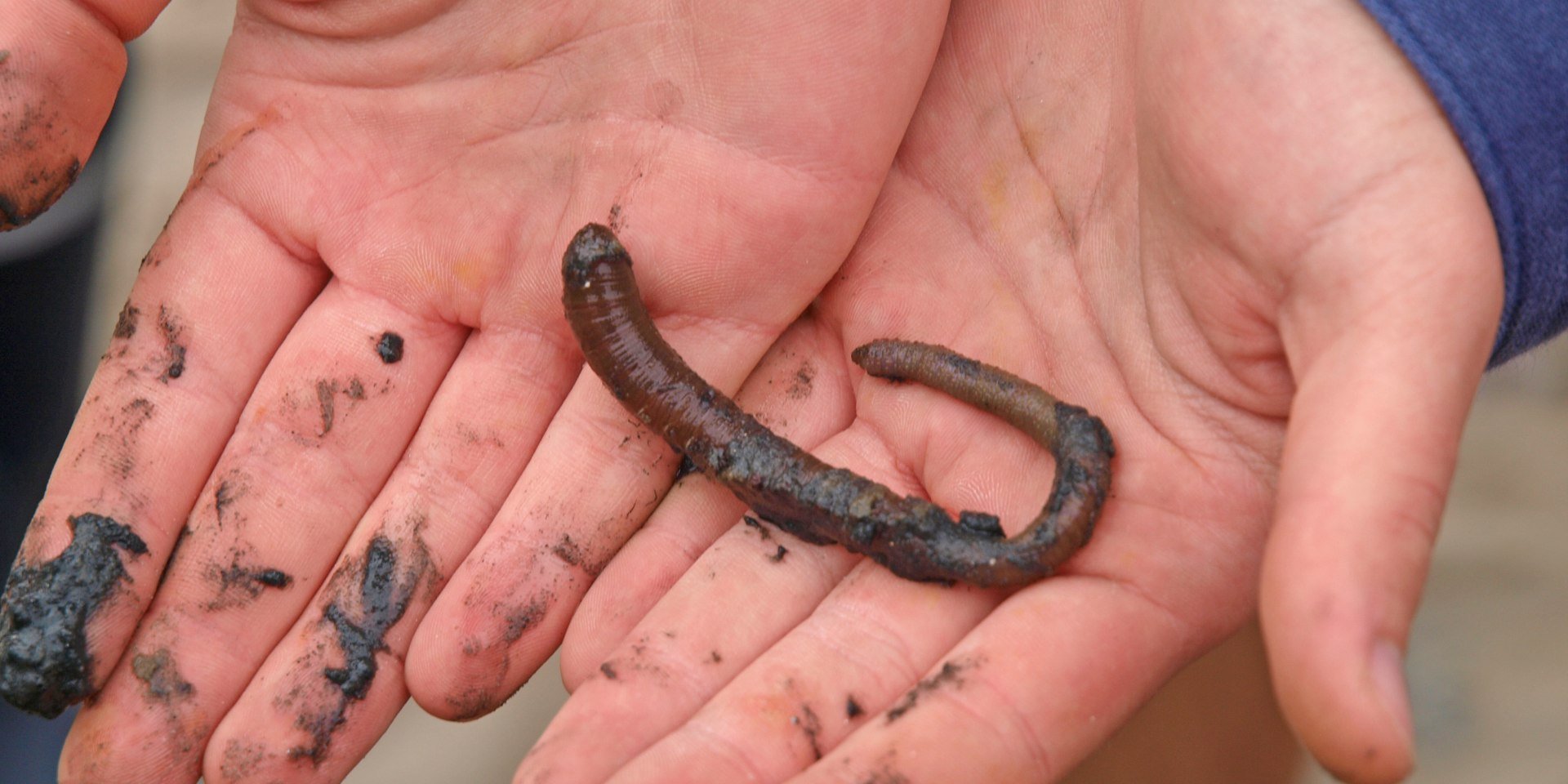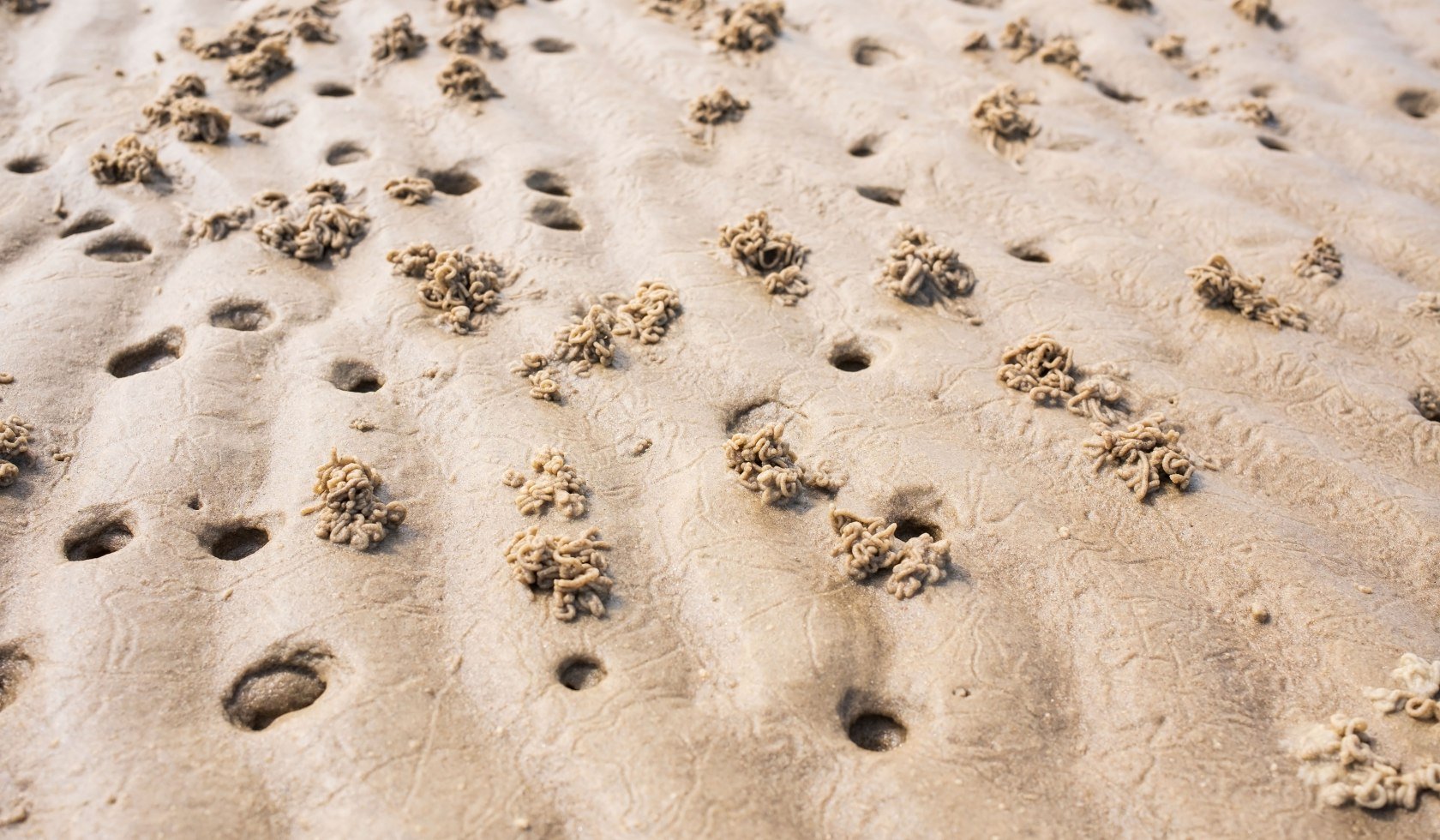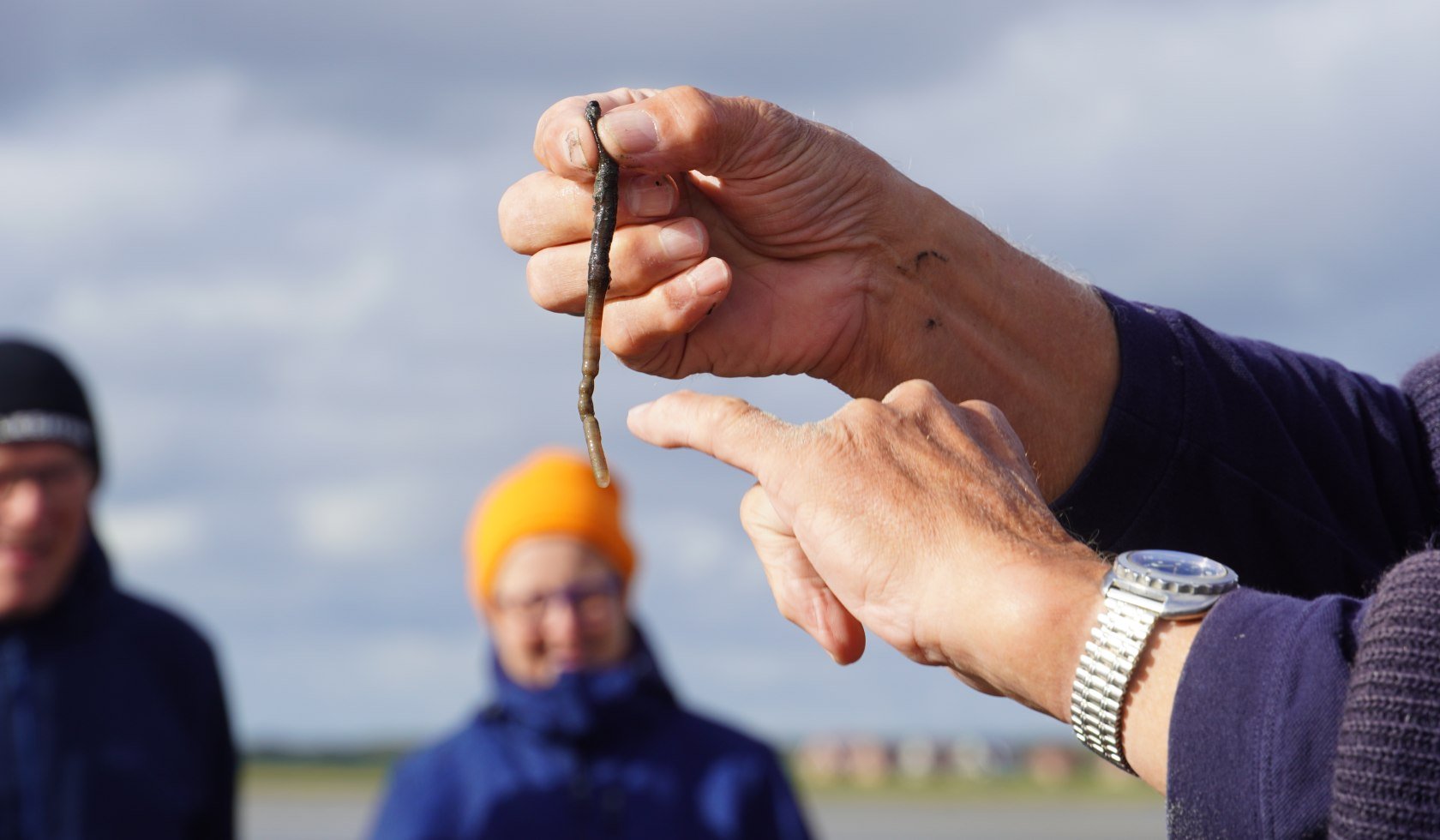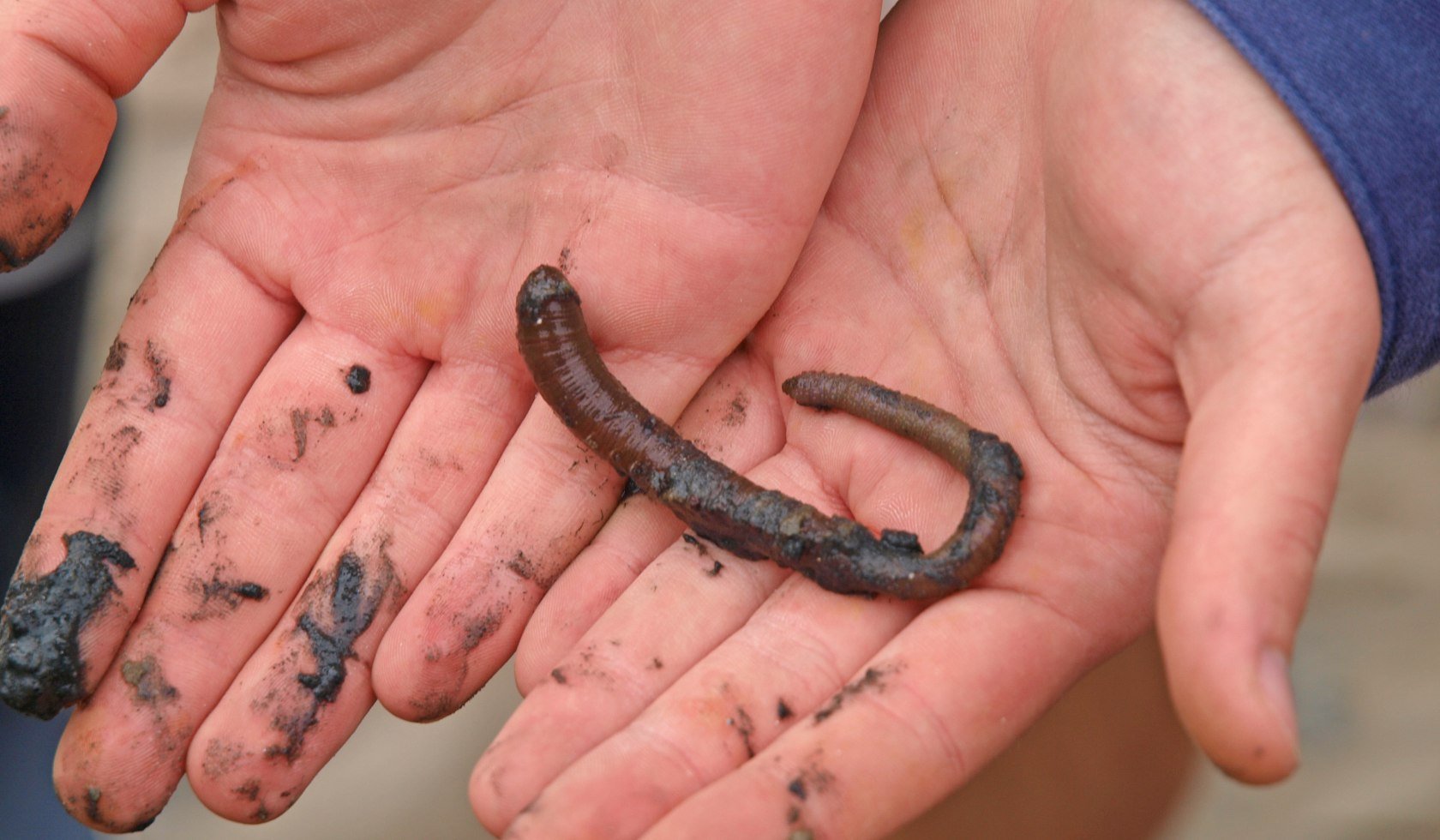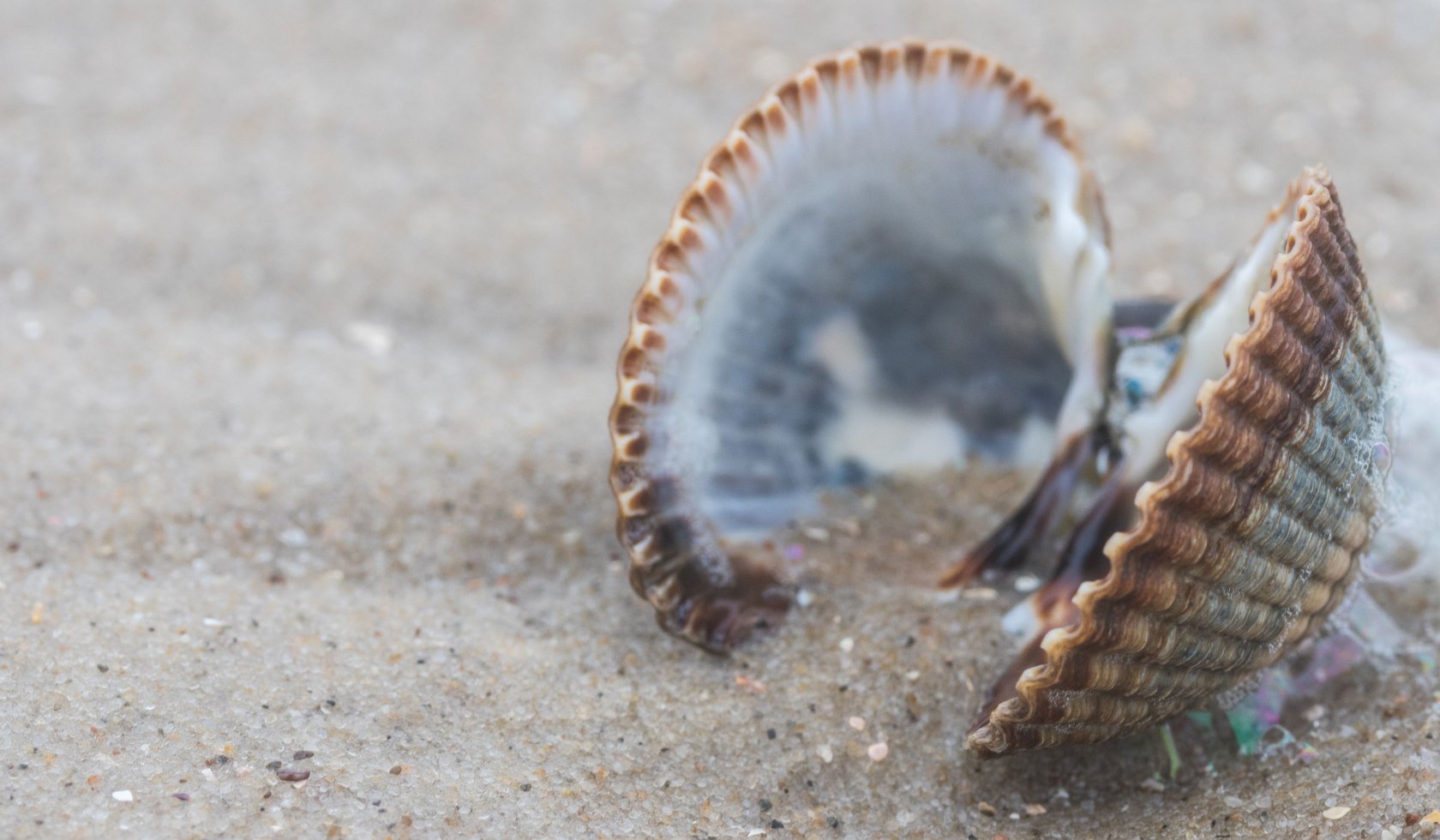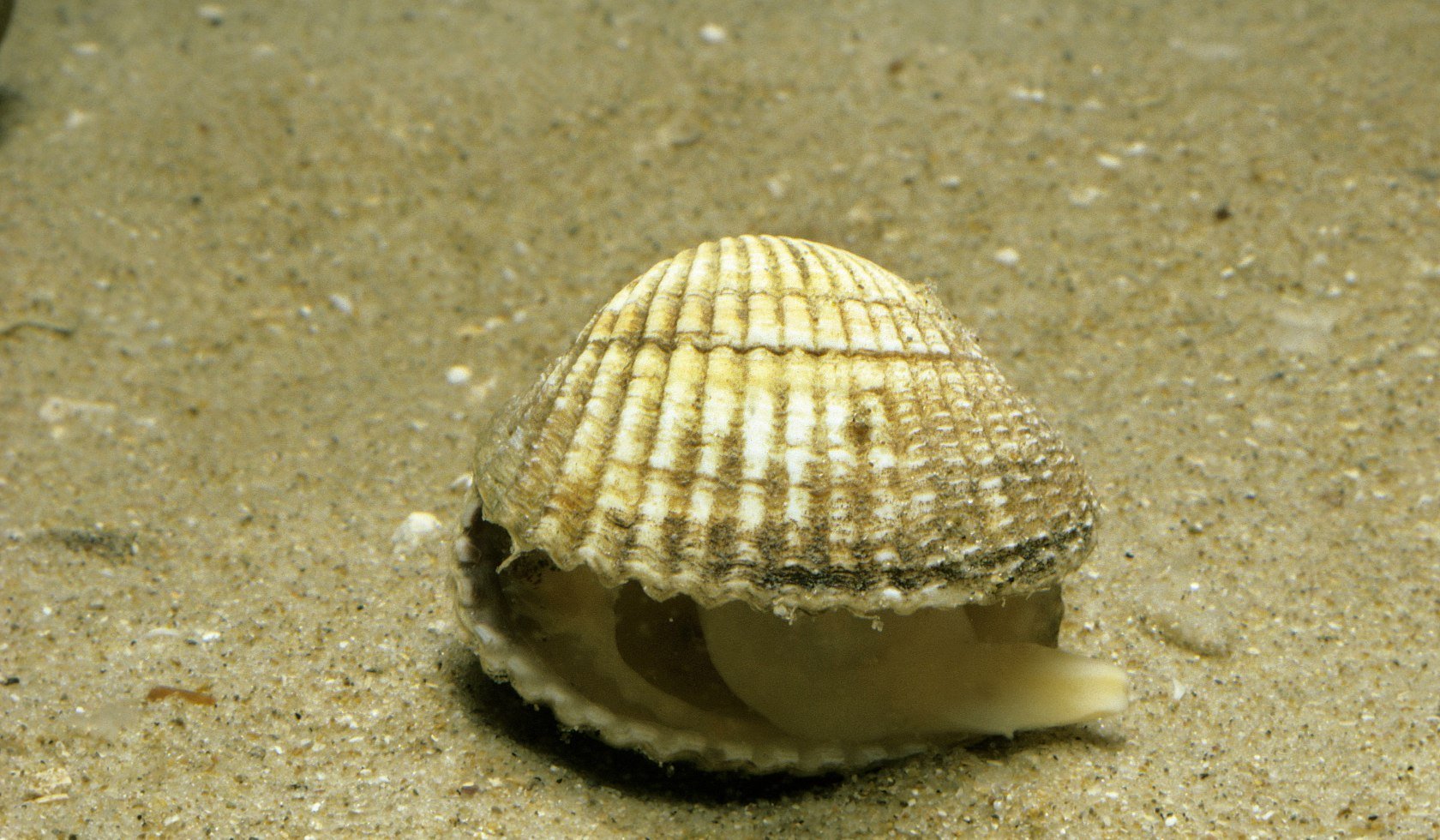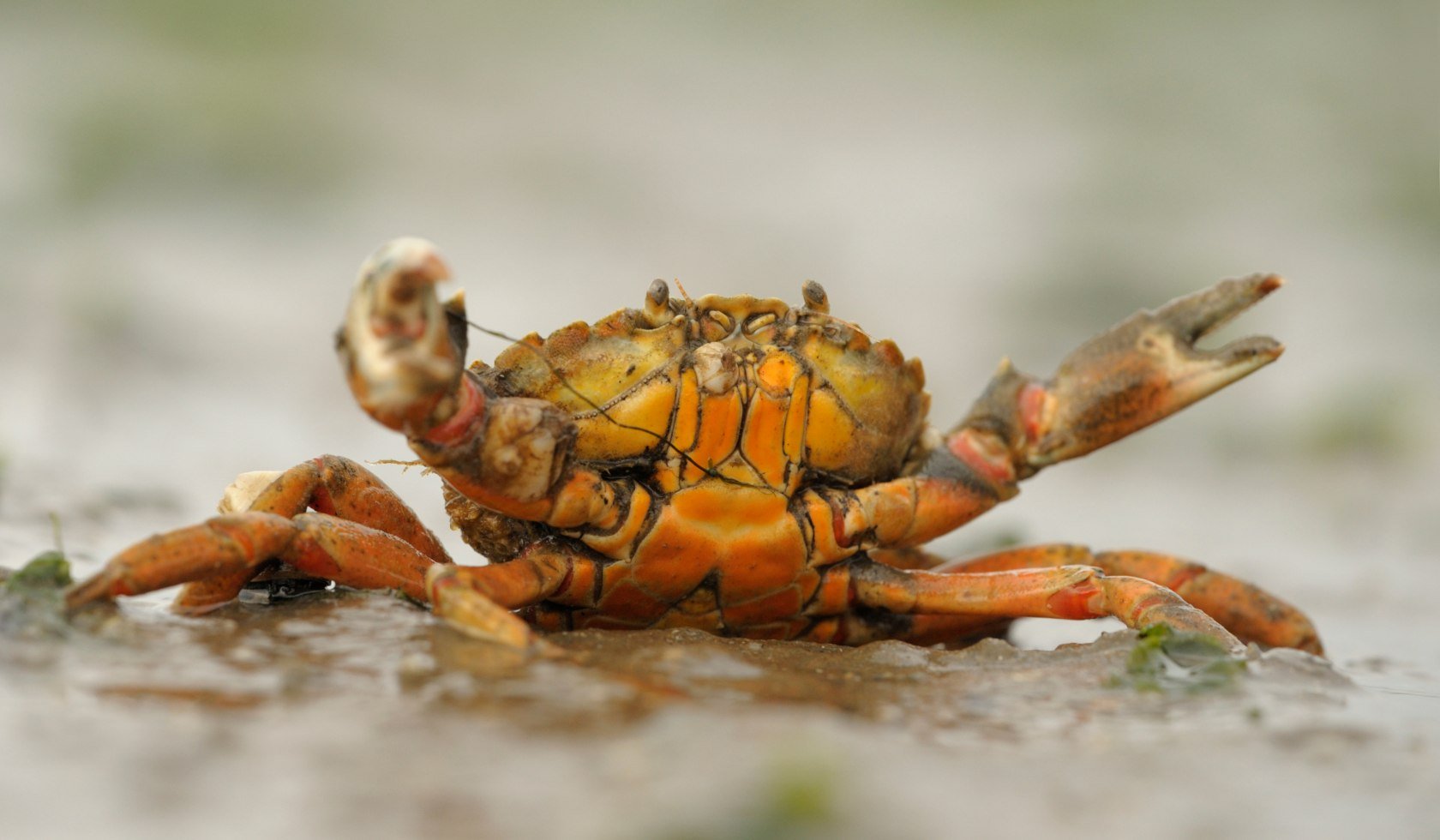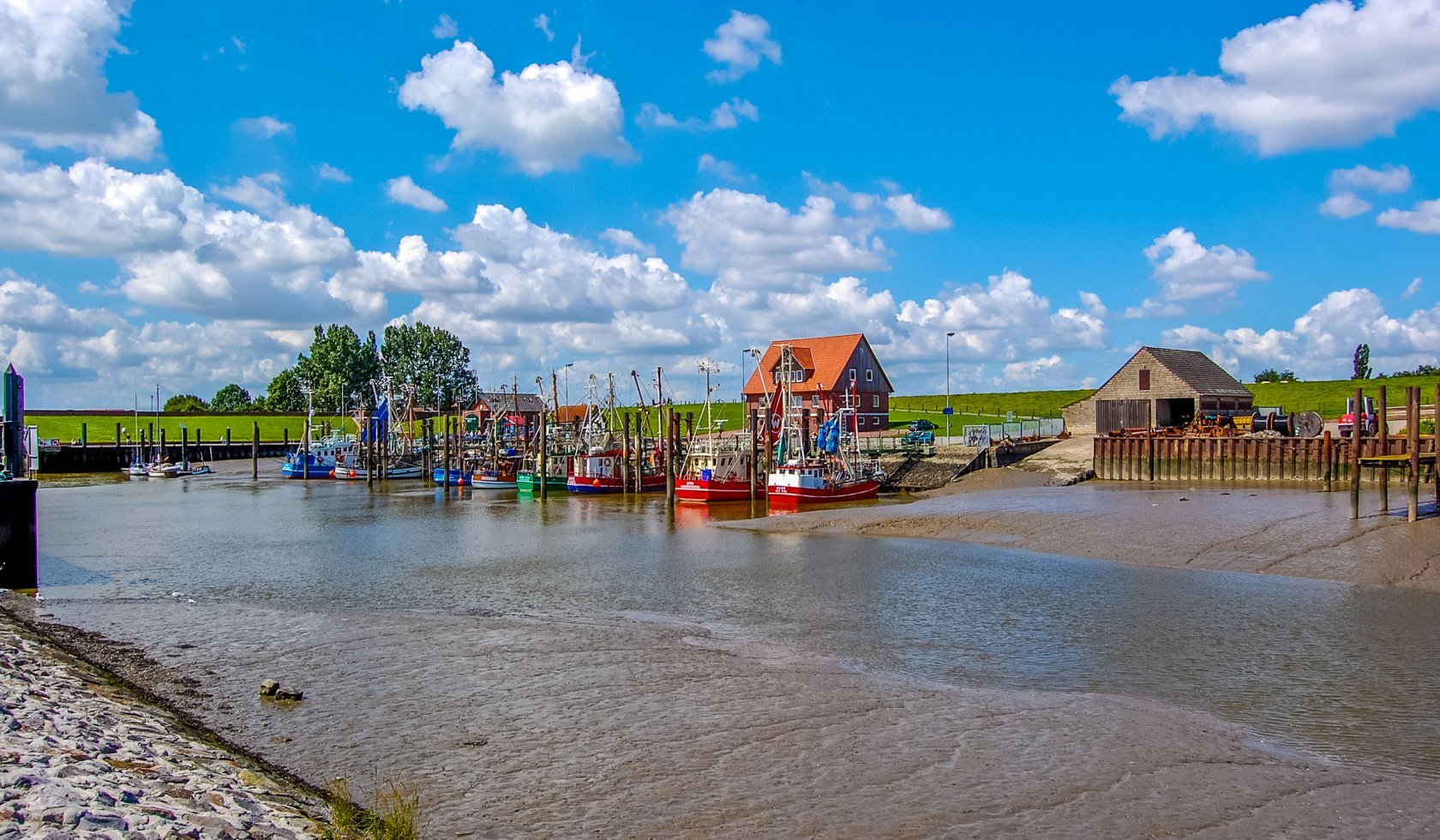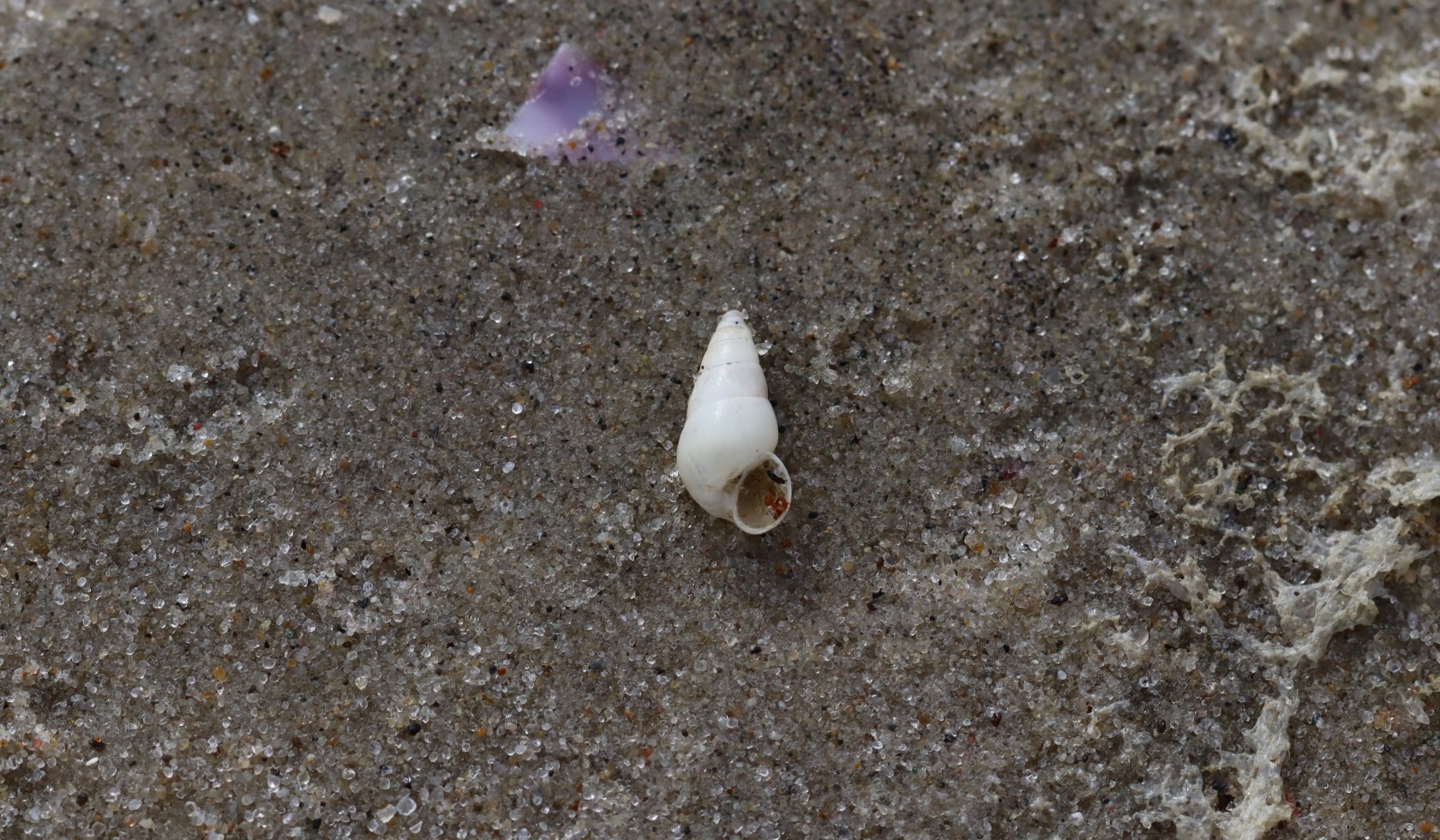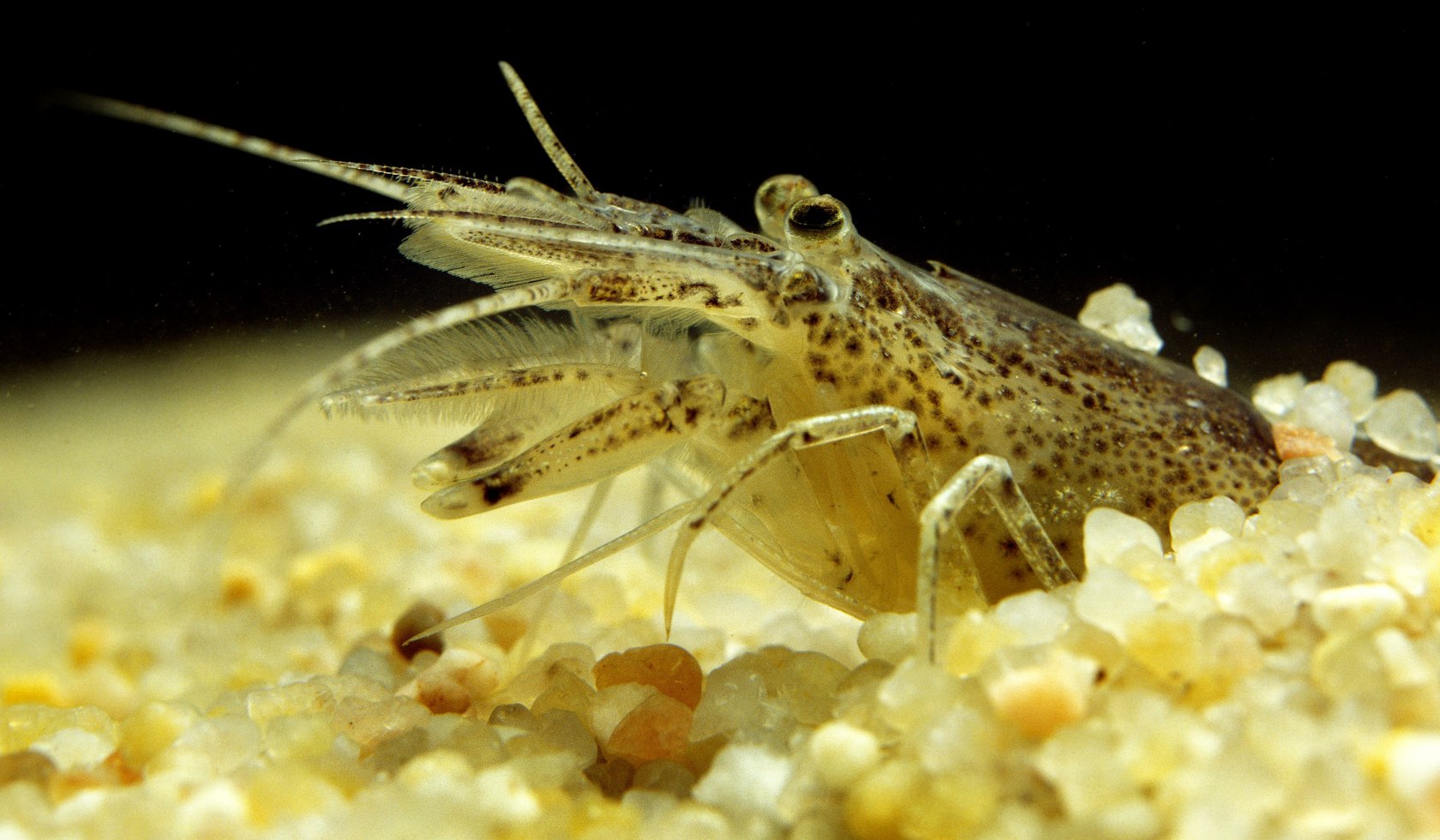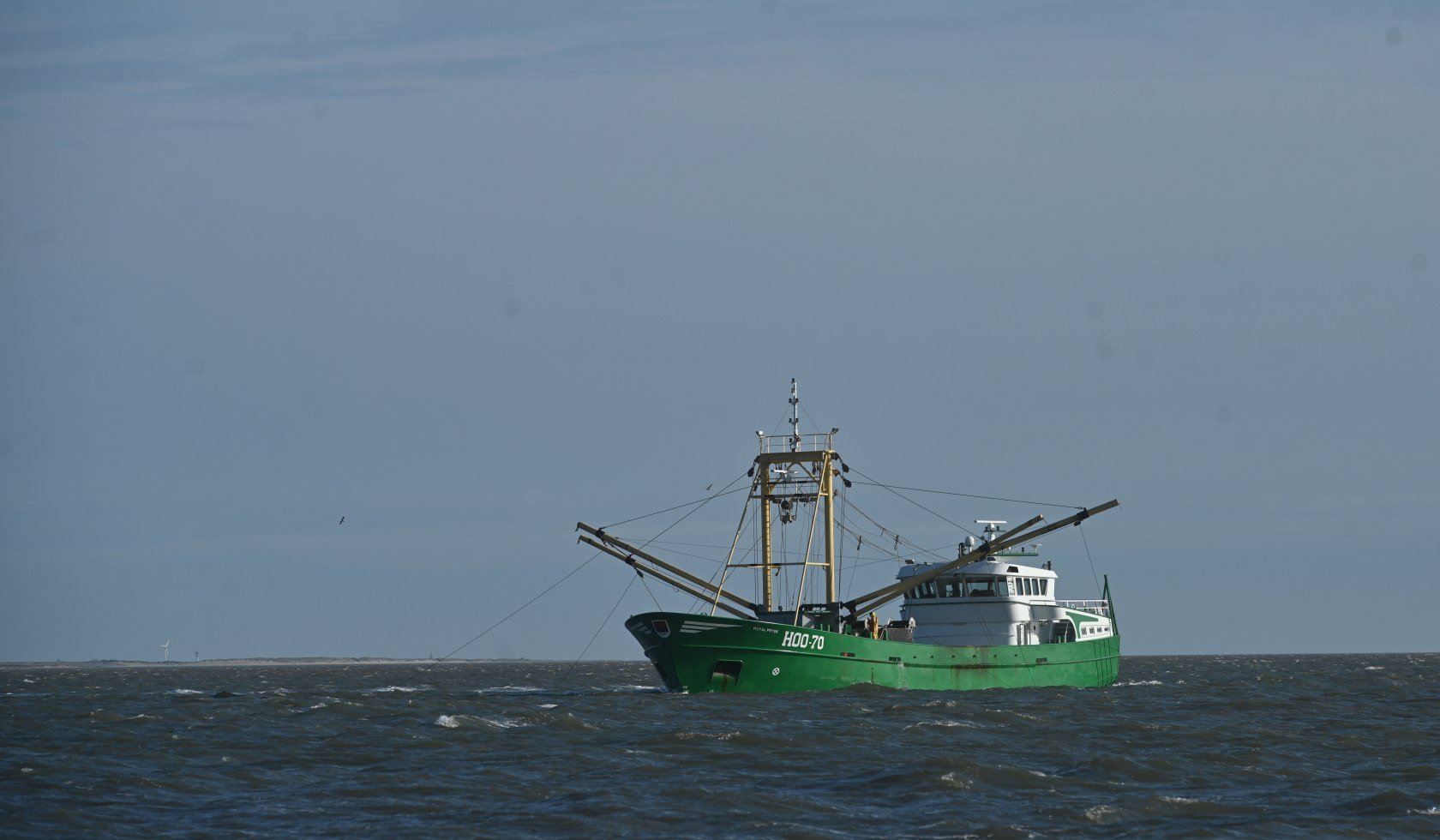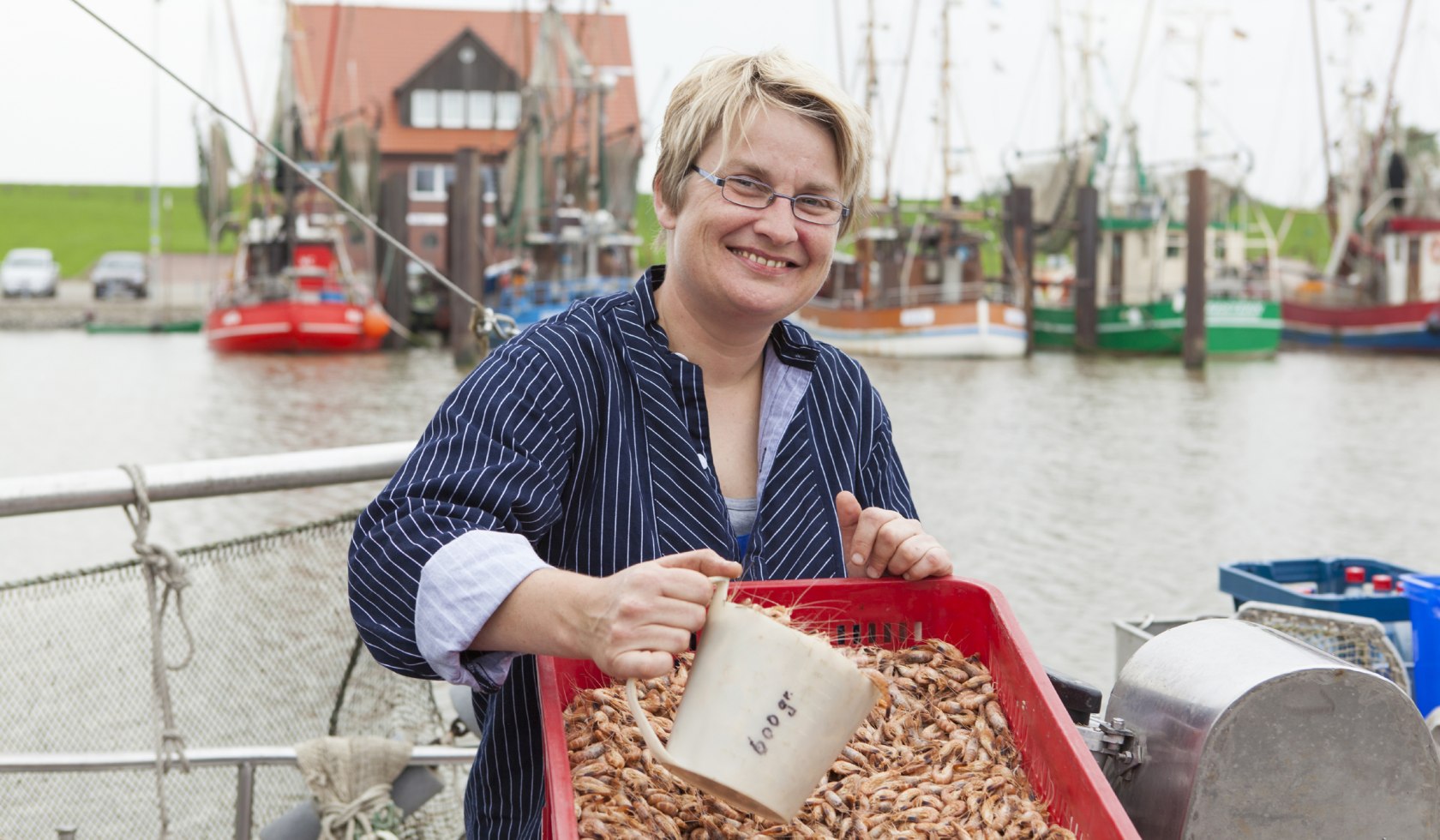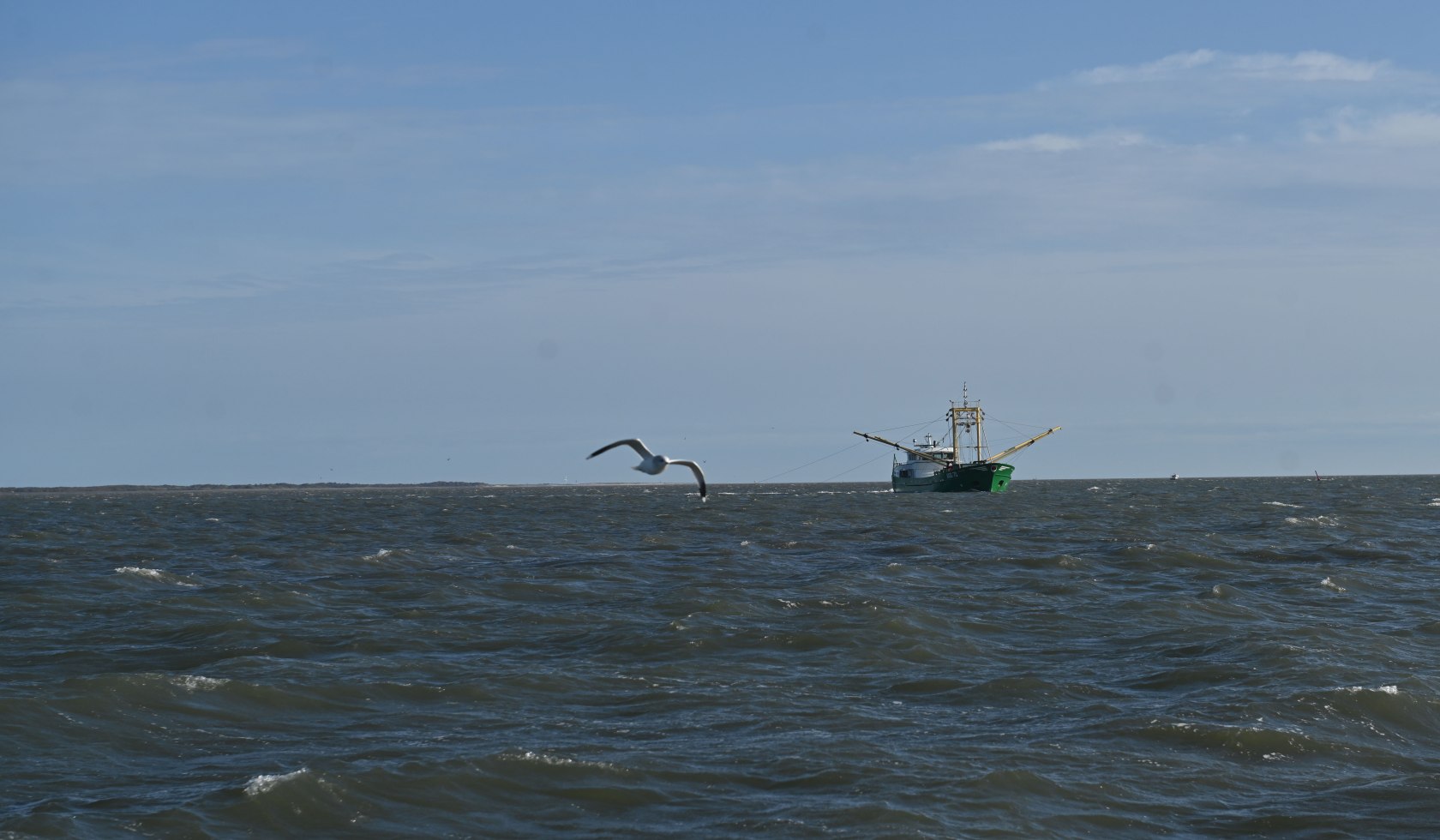You’ve surely heard of the ‘Big Five’ in connection with the national parks in Africa, but have you heard of the ‘Small Five’? They’re not nearly as far away: you can find them in the Wadden Sea, where high and low tide alternate every six hours or so, giving you a chance to see the Small Five during a walk through the tidal flats. That’s because the Small Five can only be seen if you take a close look when the seabed is visible.
The Small Five are the five most important animals in Wadden Sea National Park. They’re true survivors, having adapted to the challenges of tides, rain and frost. Heat is no problem for them either.
The famous five are the lugworm, the cockle, the shore crab, the mud snail and the brown shrimp.
